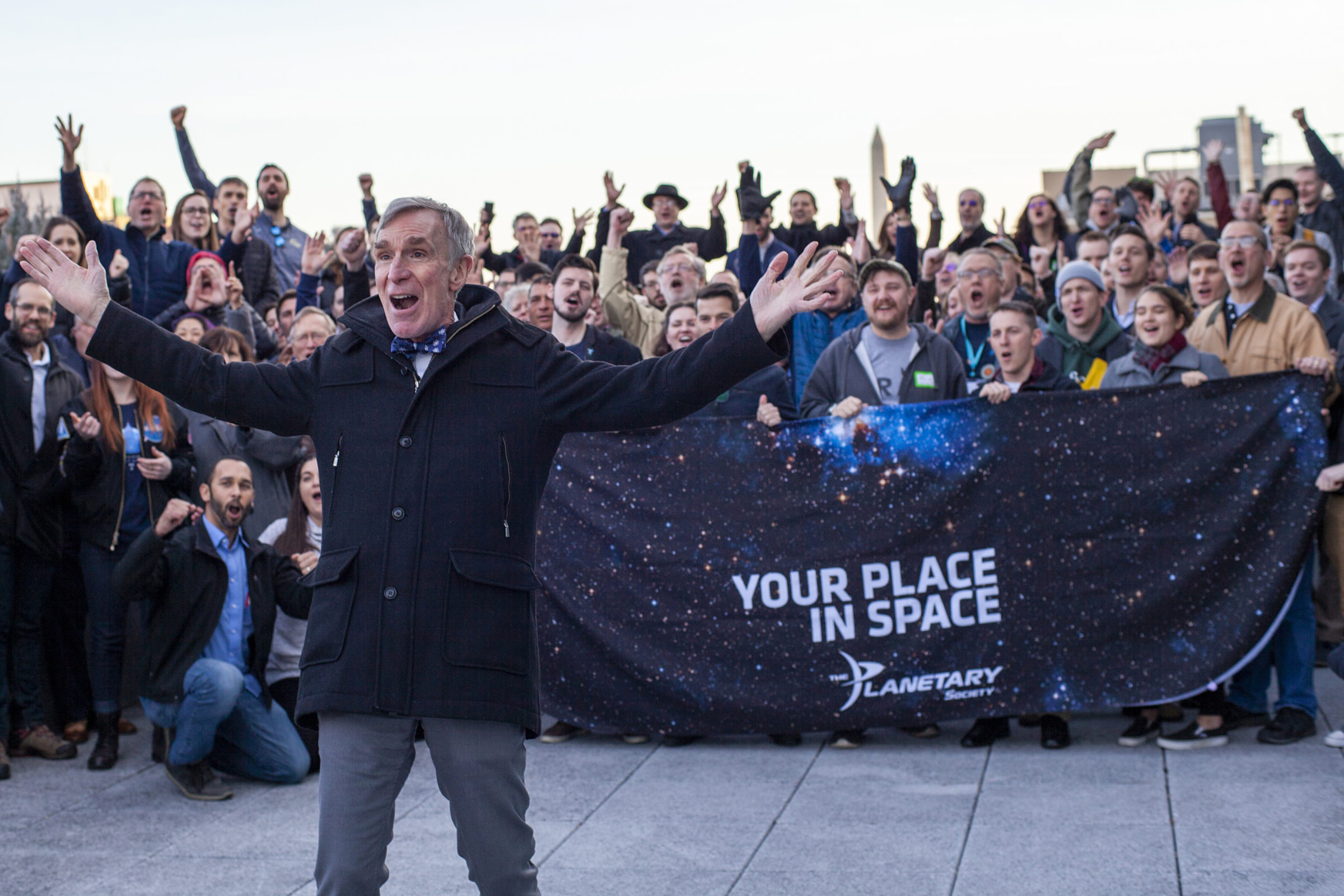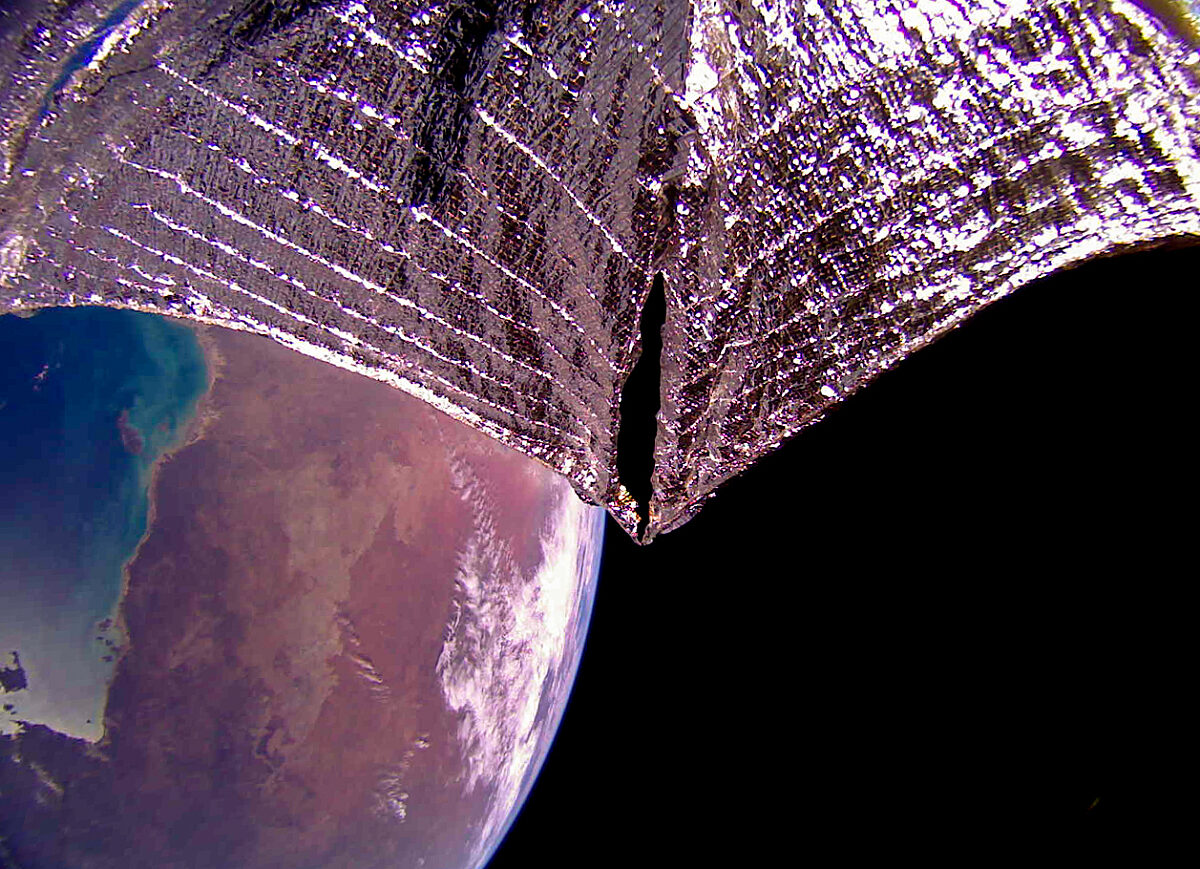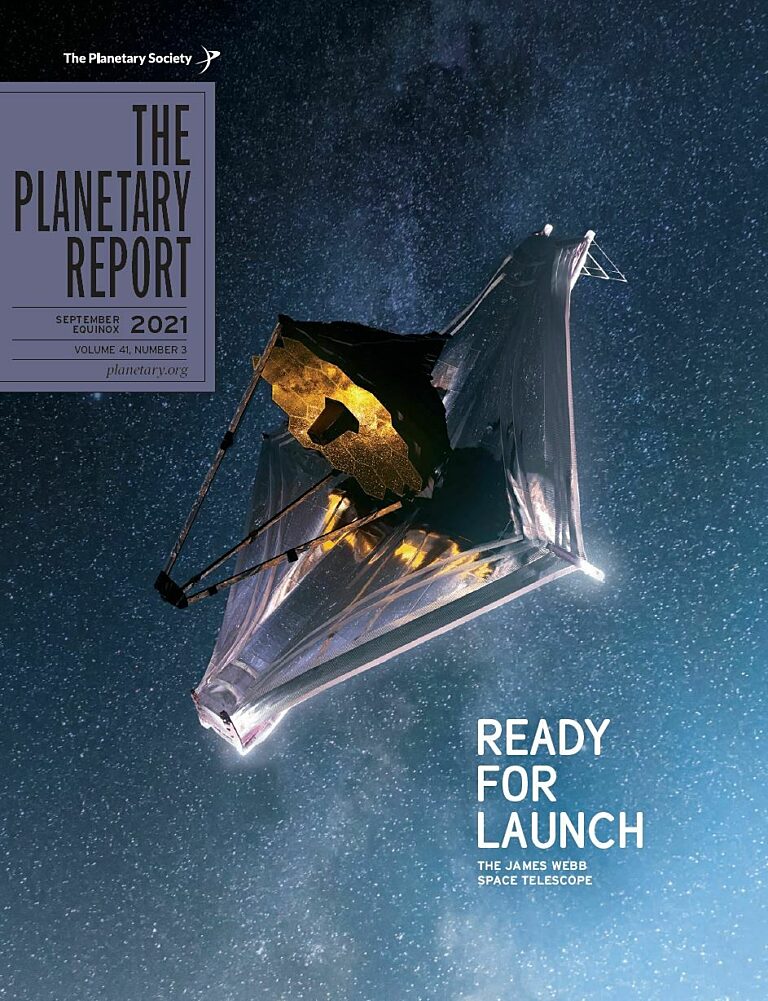Your impact: September equinox 2021

Members step up to save the world
In June 2021, The Planetary Society focused its attention on one
goal: defending Earth from asteroid impacts. Members like you stepped up
to help advance this important work in several key ways.
Funding asteroid hunters
Members and donors around the world came together this year to support our Shoemaker Near-Earth Object Grant program. These grants fund astronomers who are scanning the sky for potentially dangerous asteroids. Through this crowdfunding effort, we were able to raise $91,000 for equipment upgrades for these planetary defenders who spend countless hours working to find, track and characterize near-Earth objects. The next round of Shoemaker grant applications is now in, and we’re excited to announce new awardees in the coming months.
Voicing support for planetary defense
Planetary Society members and supporters sent more than a thousand messages to the United States Congress and the president this year in support of increased funding for NASA’s planetary defense efforts. The petition specifically called for funding for NEO Surveyor, a dedicated, space-based telescope that would greatly accelerate the pace of hazardous asteroid detection and characterization. NASA’s 2021 budget partially met that request; finally, in June 2021, the agency approved NEO Surveyor for further development.
Celebrating Asteroid Day
The Planetary Society was proud to partner with Asteroid Day, an annual celebration of all things asteroid. This year’s virtual event featured a month-long online stream of videos about asteroid science and planetary defense. Asteroid Day takes a balanced approach to its subject matter, highlighting both the fascinating discoveries being made about the solar system’s small bodies and the efforts that need to be taken to ensure that none of those bodies collide with our planet.

LightSail sails on
More than two years after launching, The Planetary Society’s crowdfunded LightSail 2 spacecraft is still going strong in orbit. The operations team is working to improve performance and to learn more about solar sailing, the spacecraft and its evolution. LightSail 2 is still taking pictures, producing stunning images of the sail in front of Earth while gathering and sharing information about the evolution of the sail over time.
The mission has already taught us a lot, and the next step is to share these new insights with others in space engineering and with the public.
Talking Tech
LightSail 2 mission team members have been presenting to and working with three future solar sail NASA missions (NEA Scout, ACS3 and Solar Cruiser) to share what we’ve learned and feed forward into the future of solar sailing.
This year, the peer-reviewed journal Advances in Space Research published an open-access paper about the LightSail 2 mission. The paper gives an overview of the spacecraft’s hardware and software design, describes the mission’s performance thus far and discusses some of the anomalies encountered during the mission.
Planetary Society Chief Scientist Bruce Betts also gave an invited presentation about the mission to NASA Goddard Space Flight Center’s engineering colloquium, sharing solar sailing directly with another technical community.
Sharing the details of the LightSail 2 mission in academic and technical channels like these helps ensure that the knowledge this mission has enabled can be accessed by space agencies, companies and any others exploring the possibilities of solar sailing.
Bringing LightSail 2 to you
We are excited to announce that LightSail 2 will be included in the FUTURES exhibition opening this November at the world-famous Smithsonian Institute’s Arts and Industry building. A full-scale engineering model of the spacecraft will be on display as well as a quarter-scale model with sails deployed. A video will teach guests about this groundbreaking mission made possible by members like you.
In August, we held a virtual premiere of “Sailing the Light,” a 35-minute documentary film telling the story of our members’ mighty achievement in crowdfunded spaceflight. The film shows the mission’s development, the epic nighttime launch aboard a SpaceX Falcon Heavy rocket and what it means to all the people who made this historic advancement possible. You can watch “Sailing the Light” on demand on our YouTube channel and at planetary.org/lightsail.
The Time is Now.
As a Planetary Defender, you’re part of our mission to decrease the risk of Earth being hit by an asteroid or comet.
Donate TodayThe Planetary Report • September Equinox
Help advance space science and exploration! Become a member of The Planetary Society and you'll receive the full PDF and print versions of The Planetary Report.


 Explore Worlds
Explore Worlds Find Life
Find Life Defend Earth
Defend Earth


